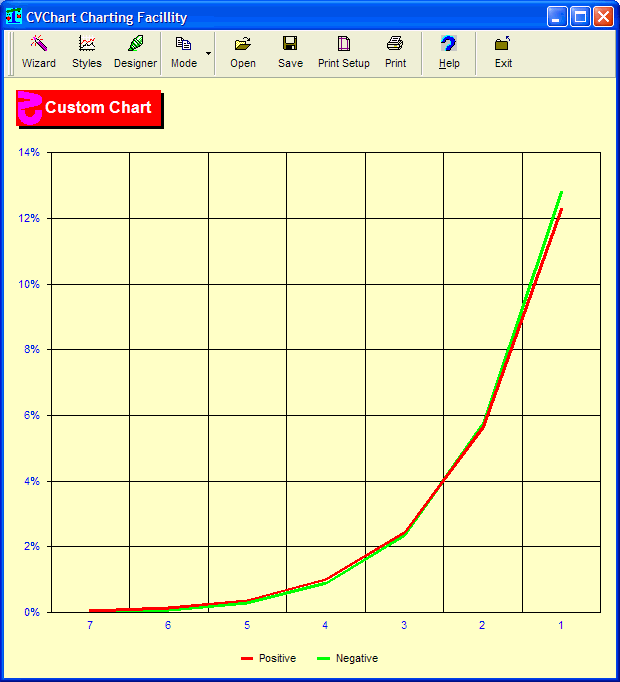Sonny said:
I think the confusion here is over how you arrived at those four hands. If you spread to 4 hands off the top, before seeing any of your cards, then Flash is right, your EV is equal to the house edge on each hand. However, if you played one hand and then split it three times then the EV is much different because you have already seen your cards and are acting based on that information. The fact that the player doubled on all of them means that the EV was actually much higher than normal, but a BS player would not know that until after they saw their cards. It is the difference between absolute EV and conditional EV. I think the two of you are talking about different situation but you are both right.
As for the higher number of negative counts compared to positive counts, it all depends on how you calculate your TC. If you are flooring, as many people do, then you will be brining everything from +0.001 to +0.99999 down to 0. The number of +1 TCs will be lower because a lot of those positive counts fell into the zero category. Similarly, everything from –0.01 to –0.999 will be counted as –1 so that will add to the number of negative counts.
Try running some sims with different TC calculation methods (especially rounding) and see how they compare.
-Sonny-
Thanks Sonny - I'm down with that spreading to 4 separate hands off the top lol.
I just got thrown off a little, maybe, when Flash called 100 rounds a $1000 "handle". I assumed by "handle" he meant total dollars actually wagered after 100 rounds so got caught up in splitting to 4 "hands" in one round lol.
As for TC's equaling each other, I guess I've just never seen it happen it sims lol. But it does sound logical they could be lol. I looked at Norm's charts the other nite and they didn't look as symetric to me then as they do now lmao.
Maybe it's like some said, the cut-card screws up theory vs real life lol. Or maybe it's like k_c suggested that one would have to have 100% pen to make it happen?
Maybe, like Norm siad, even the number of players might make it impossible for that to happen?
I guess in other words maybe just a question for Norm as to what he's have to tell his CVCX or CVDATA to have a sime come out with TC-1=TC+1, etc in freq?
I don't have software that can round TC's lol.
What would be necessary for -Tc's to = +TC's in frequency even in theory maybe lol?
Maybe a counting BS player playing a fixed number of rounds per shoe that would ensure never reaching a cut-card heads-up?
I think Psim does a TC to the exact card as impractical as that may be.


